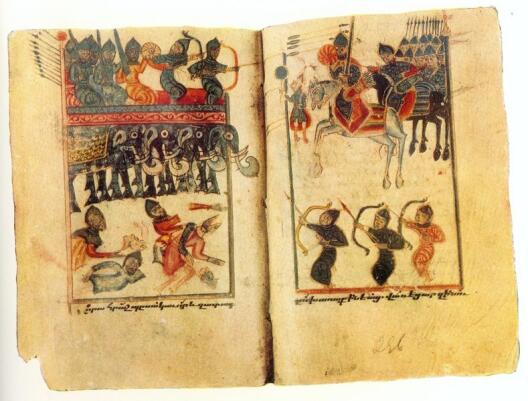(D4) Images of the Other: Analyses of the Rhetoric of Violence in Late Antiquity

Whether religions activate their own potential for violence or peace has not least to do with the images they have drawn up of themselves and of the enemy. Since the very existence of views and types of behaviour that diverge from one’s own convictions and norms can be felt as a threat to one’s own identity, the talk of the “other” plays a central role in pluralistic societies in the ways competing groups deal with one another. In this, religious traditions remain an important resource for the construction of images of the enemy – or their dismantling.
In the Roman Empire of late antiquity, religious conflicts were among the main causes of public turmoil. Whereas the internal Christian conflicts have been investigated with respect to the polemical clichés and strategies that were used (keyword: heresy polemics), analysis of the rhetoric of violence in pagan-Christian confrontations remains a desideratum of research. Important sources for this are:
- anti-Christian polemics (Galen, Kelsos, Porphyrios, Julian, among others) and the Christian responses (Origen, Kelsos and others);
- the apologetic writings of the Church fathers in which programmatic “images of the other” were drafted in contrast to their own self-image;
- literary and archaeological testimonies to concrete conflicts (for example, destructions of temples or the violent actions of Schenute of Atripe).
The analysis of the rhetoric of violence in these sources would occur in the following steps:
- collecting and arranging the individual statements;
- developing a typology;
- analysing the types of statements with a view to their potential for conflict or peace.
The following questions could serve as a guideline for this analysis: What stereotypes can be identified? What role do religious traditions and convictions play in the formation of images of the enemy? What do the images of “the other” say about those who created the images? Is it possible to identify interactions between the rhetoric of violence (or peace) and specific historical conflicts?

